44 diagram and label the two types of nitrogenous bases
DNA function & structure (with diagram) (article) | Khan Academy DNA is the information molecule. It stores instructions for making other large molecules, called proteins. These instructions are stored inside each of your cells, distributed among 46 long structures called chromosomes. These chromosomes are made up of thousands of shorter segments of DNA, called genes. DNA: Structure, Forms and Functions (With Diagram) - Biology Discussion DNA: Structure, Forms and Functions (With Diagram) Article Shared by ADVERTISEMENTS: In this article we will discuss about DNA:- 1. Introduction to DNA 2. Structure of DNA Molecule 3. Nucleoside 4. Deoxyribonucleotide 5. Polynucleotide 6. Double-Helical Structure of Normal DNA 7. Different Types of DNA in Different Organisms 8. Different Forms 9.
How do you draw a nucleotide and label its three basic parts? Explanation: The above structure is a nucleotide. It consists of a: phosphate group. 5-carbon sugar, and. nitrogenous base. Answer link. Related questions.

Diagram and label the two types of nitrogenous bases
Structure of Nucleic Acids: Bases, Sugars, and Phosphates - SparkNotes The Bases of DNA The four nitrogen bases found in DNA are adenine, cytosine, guanine, and thymine. Each of these bases are often abbreviated a single letter: A (adenine), C (cytosine), G (guanine), T (thymine). The bases come in two categories: thymine and cytosine are pyrimidines, while adenine and guanine are purines (). Figure %: DNA Bases Chapter 16 Flashcards | Quizlet The figure shows the double stranded DNA. Each letter marks the definite element of the DNA. Letter A marks the full turn of DNA. Letter B marks chemical compound, which is a structural element of DNA. Letter C marks two chains of DNA and the bonds between them. Letter D marks one chain of the DNA. B Nucleotide Structure: DNA Diagram - Science Trends DNA has four different bases called adenine, guanine, cytosine, and thymine. The nitrogenous bases in DNA are what stores genetic information, and they are also responsible for encoding phenotypes, the visible traits of the genetic code.
Diagram and label the two types of nitrogenous bases. Types of Nitrogenous Bases In RNA: Detailed Facts The nitrogenous bases in DNA are adenine, guanine, thymine and cytosine. RNA also has same types of nitrogenous bases yet with one only exception which is the uracil is there instead of thymine. The nitrogen have biological related material with complements of nitrogenous. Nitrogenous Base - Definition, Explanation, Quiz | Biology Dictionary In DNA and RNA, a nitrogenous base forms a bond with a 5-sided carbon sugar molecule, which forms a "backbone" for the entire molecule. A nitrogenous base plus this sugar backbone is known as a nucleotide, and forms the building blocks of DNA and RNA. Nitrogenous Base within Nucleic Acids Purines and Pyrimidines Nucleic Acids Flashcards | Quizlet Name the two types of nitrogenous base and state which bases belong to which type Purines: Adenine Guanine Pyrimidine: Cytosine Thymine Uracil Outline the structure of the two types of nitrogenous base. A purine base has two carbon nitrogen rings joined together. A pyrimidine only has one carbon-nitrogen ring. Dna Model: Types of DNA, Levels, Structure, Diagram - Embibe The nucleic acids are of two types depending on the pentose sugar. Those containing Beta-ribose are called ribonucleic acid RNA and those containing Beta- \ (2'\) -deoxyribose (ribose with an oxygen atom removed from carbon \ (2\)) are called deoxyribonucleic acids (DNA). iv. Phosphoric Acid: This gives nucleic acids their acid character.
quizlet.com › 584332837 › chapter-16-17-flash-cardsChapter 16 + 17 Flashcards | Quizlet Study with Quizlet and memorize flashcards containing terms like Ribosomes provide the scaffolding on which tRNAs interact with mRNA during translation of an mRNA sequence to a chain of amino acids. A ribosome has three binding sites, each of which has a distinct function in the tRNA-mRNA interactions. Drag the appropriate tRNAs to the binding sites on the ribosome to show the configuration ... Nitrogen Cycle (With Diagram) - Biology Discussion Nitrogen Fixation: Nitrogen is the main constituent (79%) of the atmosphere but it cannot be absorbed directly by most forms of life. It must be fixed before it can be utilised by plants and animals. Nitrogen fixation is of two types. 1. Nitrogen Fixa ion by Physico-chemical Reactions: Name the types of nitrogenous bases present in the DNA. In DNA two types of nitrogenous base are formed :- theses are - (1) purine - is a double ring structure present in the form of adnine and guanine. (2) pyrimidine - is a single structure present in the form of cytosine and thymine. pyrimidines- cytosine , uracil (in RNA only ) and thymine. therefore 4 types. Nitrogenous Base: The makeup of DNA and RNA - Biotech Learners These nitrogenous bases are adenine (A), uracil (U), guanine (G), thymine (T), and cytosine (C). The nitrogenous bases form hydrogen bonds between opposing DNA strands to form the rungs of the "twisted ladder" or double helix of DNA or a biological catalyst that is found in the nucleotides. Adenine is always paired with thymine, and guanine ...
› Biology-Questions-andBiology Questions and Answers Form 2 - High School Biology ... Biology Questions and Answers Form 2; More than 5000 biology questions and answers to help you study biology. Online biology test questions and answers pdf, exam, quiz, test high school with answers. Biology syllabus. Biology questions and answers. Biology quiz with answers. Nucleotide - Definition, Structure (3 Parts), Examples & Function The four nitrogenous bases in DNA are adenine, cytosine, guanine, and thymine. RNA contains uracil, instead of thymine. A nucleotide within a chain makes up the genetic material of all known living things. They also serve a number of function outside of genetic information storage, as messengers and energy moving molecules. en.wikipedia.org › wiki › Amino_acidAmino acid - Wikipedia Although various definitions of acids and bases are used in chemistry, the only one that is useful for chemistry in aqueous solution is that of Brønsted: an acid is a species that can donate a proton to another species, and a base is one that can accept a proton. This criterion is used to label the groups in the above illustration. Label the diagram. Use these choices: nucleotide, deoxyribose ... - BRAINLY Label the diagram: 1. Deoxyribose 2. nitrogenous base 3. nucleotide 4. base pair 5. hydrogen bond 6. phosphate group. A double-stranded form of DNA is known as a double helix. Each strand of DNA is made up of nucleotides. Each nucleotide is composed of deoxyribose sugar, a phosphate group, and a nitrogenous base.
Building Blocks of Nucleic Acids Flashcards | Quizlet what are the 2 main types of nucleic acids? 1. nitrogenous base 2. pentose sugar 3. phosphate what are the 3 components of nucleotides? pyrimidines six-membered heterocyclic rings of C and N purines fused six-membered + five-membered heterocyclic rings of C and N bases N- groups can accept protons, giving "basic" properties to the molecule
DNA Structure - Visible Body 1. A molecule of DNA consists of two strands that form a double helix structure. DNA is a macromolecule consisting of two strands that twist around a common axis in a shape called a double helix.The double helix looks like a twisted ladder—the rungs of the ladder are composed of pairs of nitrogenous bases (base pairs), and the sides of the ladder are made up of alternating sugar molecules ...
3 Parts of a Nucleotide and How They Are Connected - ThoughtCo Both deoxyribonucleic acid (DNA) and ribonucleic acid (RNA) are made up of nucleotides which consist of three parts: Purines and pyrimidines are the two categories of nitrogenous bases. Adenine and guanine are purines. Cytosine, thymine, and uracil are pyrimidines. In DNA, the bases are adenine (A), thymine (T), guanine (G), and cytosine (C).
What are two types of nitrogenous bases found in nucleic acids? Nitrogenous bases are split into two different types: the purines (adenine and guanine) and the pyrimidines (thymine, cytosine, and uracil). A purine will hydrogen-bond to a pyrimidine. Adenine always bonds with thymine (in DNA) or with uracil (in RNA) with two hydrogen bonds. Guanine will always bond with cytosine.
en.wikipedia.org › wiki › Glossary_of_geneticsGlossary of genetics - Wikipedia 0–9 3' untranslated region (3'-UTR). Also three-prime untranslated region and trailer sequence.. 3'-end. Also three-prime end.. One of two ends of a single linear strand of DNA or RNA, specifically the end at which the chain of nucleotides terminates at the third carbon atom in the furanose ring of deoxyribose or ribose (i.e. the terminus at which the 3' carbon is not attached to another ...
Nucleic Acids Flashcards | Quizlet List the full names of the 5 possible nitrogenous bases in nucleic acids Adenine, Cytosine, Guanine, Thymine, Uracil Name the two types of nitrogenous base and state which bases belong to which group Pyrimidines: the smaller bases, which comtain single carbon ring structures - thymine (T), cytosine (C), uracil (U).
› Biology-Notes-Form-3Biology Notes Form 3 PDF | Biology Form 3 Questions and ... Two body parts head and thorax are fused to form cephalothorax and an abdomen . They have two pairs of antennae; one is small and branched, the other is long. They have five or more parts of limbs. Some of these are modified for other functions e.g., locomotion, feeding and defence. Exoskeleton hardened with deposits of calcium carbonate i.e ...
Nucleotides | Types, Examples, Functions & Classification Nitrogenous bases are another essential component of nucleotides. They are divided into two broad categories based on their structure: Purines Pyrimidines Purines have two rings in their structure that are made up of carbon and nitrogen atoms. One larger ring is hexagonal while the other smaller ring is pentagonal in structure.
Nitrogenous Bases - Definition and Structures - ThoughtCo The nitrogen bases are also called nucleobases because they play a major role as building blocks of the nucleic acids deoxyribonucleic acid ( DNA) and ribonucleic acid ( RNA ). There are two major classes of nitrogenous bases: purines and pyrimidines. Both classes resemble the molecule pyridine and are nonpolar, planar molecules.
Solved Label the diagram. Use these choices nucleotide, - Chegg Biology questions and answers. Label the diagram. Use these choices nucleotide, deoxyribose, phosphate group, nitrogen base, hydrogen bonds, base pair. Complete each statement 7. guanine (C) cytosin (C) and thymine (1) are the four in DNA 8. In DNA always Soms hydrogen bonds with guaninc ).
9.1 The Structure of DNA - Concepts of Biology - 1st Canadian Edition Now let's consider the structure of the two types of nucleic acids, deoxyribonucleic acid (DNA) and ribonucleic acid (RNA). The building blocks of DNA are nucleotides, which are made up of three parts: a deoxyribose (5-carbon sugar), a phosphate group, and a nitrogenous base ( Figure 9.3 ). There are four types of nitrogenous bases in DNA.
Solved DNA Worksheet Mr: Hoyle - Replicate DNA Objectives: . | Chegg.com Diagram and label the two types of nitrogenous bases. Function of DNA 1. The acronym DNA stands for 2. DNA makes up chromosomes, which are located in the 3. Small sections of a DNA molecule that determine genetic traits are called of a cell. and bonds with Structure of DNA 1. The sugar found in DNA is 2. The pyrimidine bases are and 3.
Nitrogenous Bases Diagram | Quizlet Nitrogenous Bases STUDY Learn Write Test PLAY Match Created by carolinegoggans PLUS Indicate the correct base order for the complementary DNA strand by placing the correct label in each indicated base location. Terms in this set (8) Adenine ... Cytosine ... Guanine ... Cytosine ... Adenine ... Guanine ... Guanine ... Adenine ...
› essay › essay-on-dnaEssay on DNA Replication | Genetics - Biology Discussion According to this model of replication the two strands of parental DNA break at several points resulting in several pieces of DNA. Each piece replicates and pieces are reunited randomly, resulting in formation of two copies of DNA from single copy. The new DNA molecules are hybrids which have new and DNA in patches (Fig. 17.2).
Nitrogenous Base - an overview | ScienceDirect Topics Nucleotides include: (1) a nitrogenous base, (2) a five-carbon monosaccharide (aldopentose), and (3) phosphoric acid. Nitrogenous bases. Nucleotide hydrolysis produces two types of substances derived from the heterocyclic rings purine and pyrimidine known as the purine and pyrimidine bases.
PDF DNA worksheet - monroe.k12.nj.us Diagram and label the two types of nitrogenous bases. Function of DNA 1. The acronym DNA stands for _____. 2. DNA makes up chromosomes, which are located in the _____ of a cell. 3. Small sections of a DNA molecule that determine genetic traits are called _____. ... Diagram of DNA molecule 1. A DNA molecule consists of _____ strands.
Building Blocks of Nucleic Acids | Structures & Functions - Bio Explorer These five bases are further classified into two groups namely: pyrimidines and purines. Cytosine, thymine, and uracil are the pyrimidines while adenine and guanine are the purines. As its name suggest, A nitrogenous base is a molecular structure that contains nitrogen and acts as a base during a reaction.
quizlet.com › 305965439 › mastering-biology-chapterMastering Biology Chapter 13 Flashcards | Quizlet The figure shows two types of nitrogen bases. The first type contains two bases: guanine, marked A, and adenine, marked B. The second contains three other: C, D, E. The bases A and B consist of a six-membered ring attached to five-membered ring. The bases C, D, and E have only six-membered ring in their structure.
Nucleotide Structure: DNA Diagram - Science Trends DNA has four different bases called adenine, guanine, cytosine, and thymine. The nitrogenous bases in DNA are what stores genetic information, and they are also responsible for encoding phenotypes, the visible traits of the genetic code.
Chapter 16 Flashcards | Quizlet The figure shows the double stranded DNA. Each letter marks the definite element of the DNA. Letter A marks the full turn of DNA. Letter B marks chemical compound, which is a structural element of DNA. Letter C marks two chains of DNA and the bonds between them. Letter D marks one chain of the DNA. B
Structure of Nucleic Acids: Bases, Sugars, and Phosphates - SparkNotes The Bases of DNA The four nitrogen bases found in DNA are adenine, cytosine, guanine, and thymine. Each of these bases are often abbreviated a single letter: A (adenine), C (cytosine), G (guanine), T (thymine). The bases come in two categories: thymine and cytosine are pyrimidines, while adenine and guanine are purines (). Figure %: DNA Bases



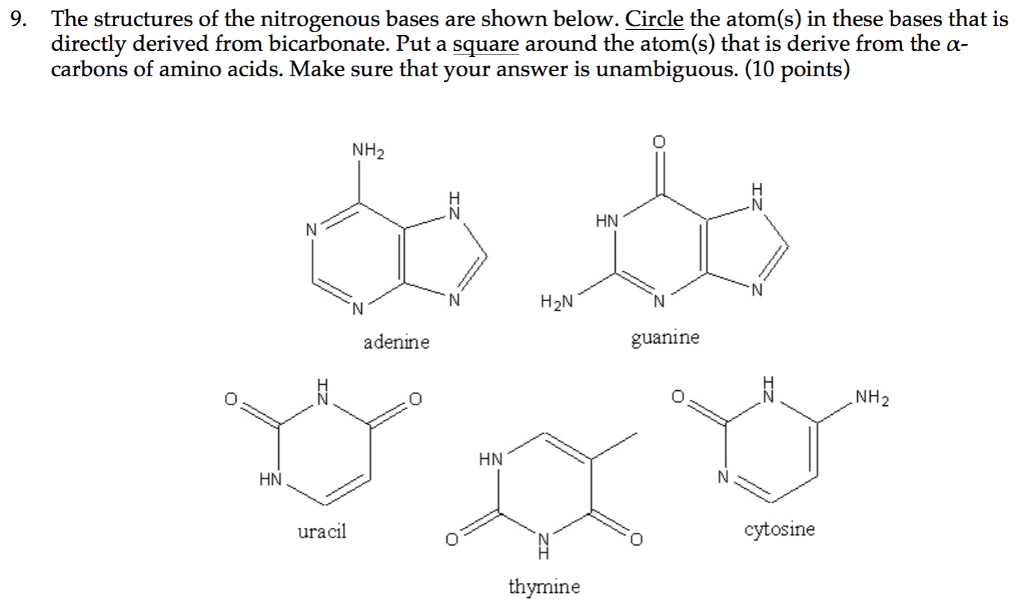




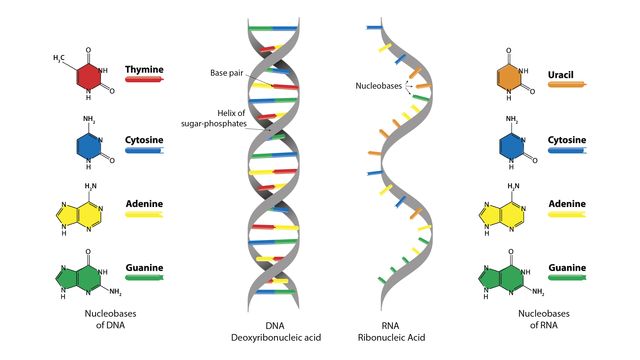
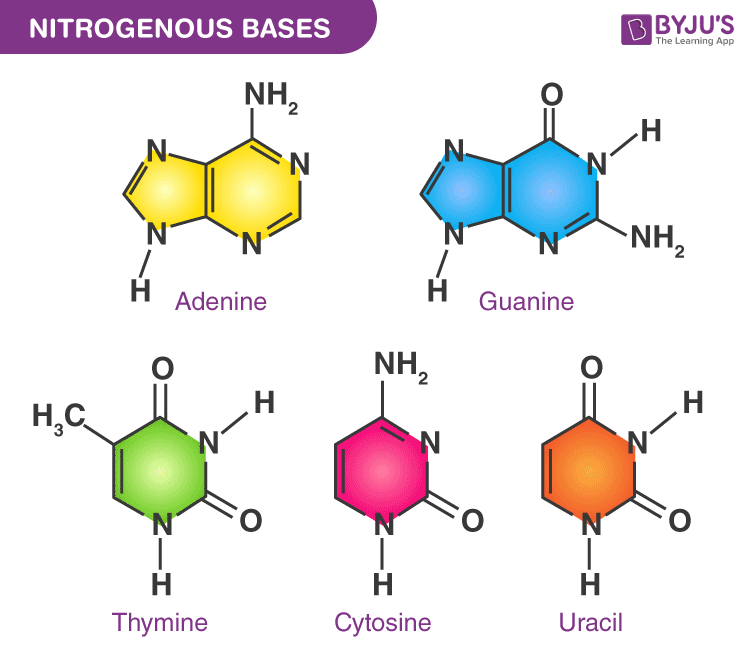

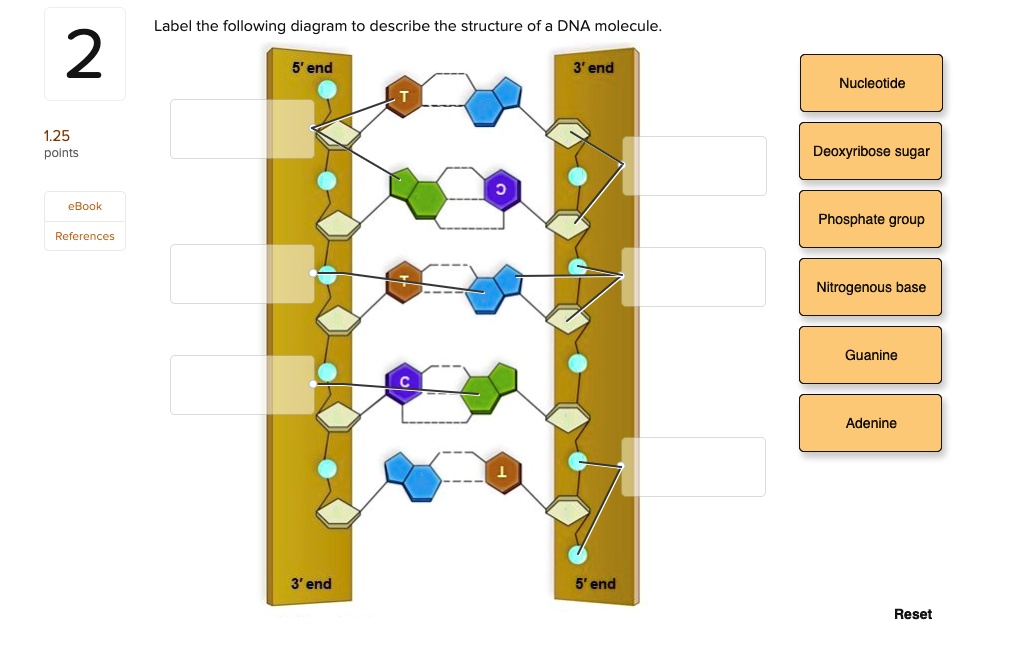
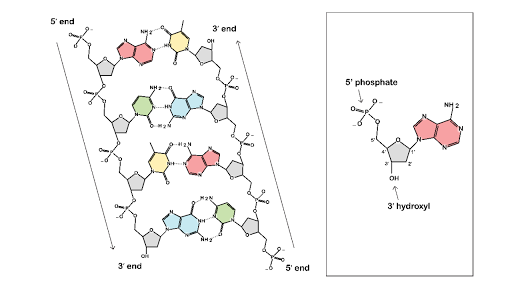
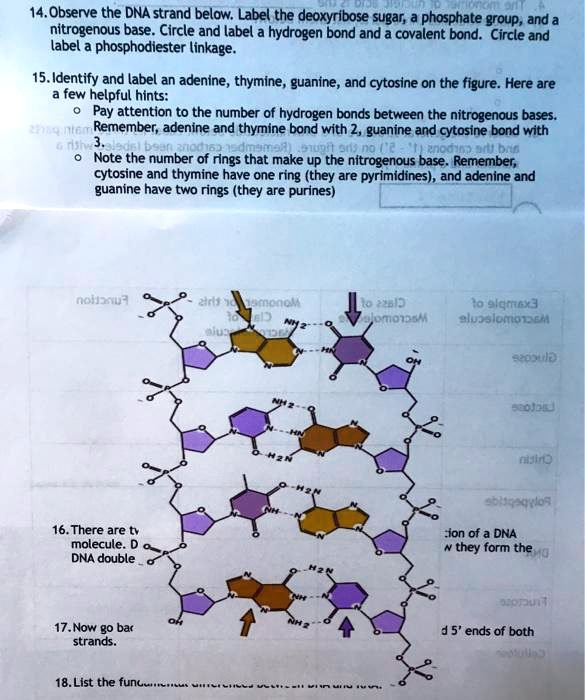




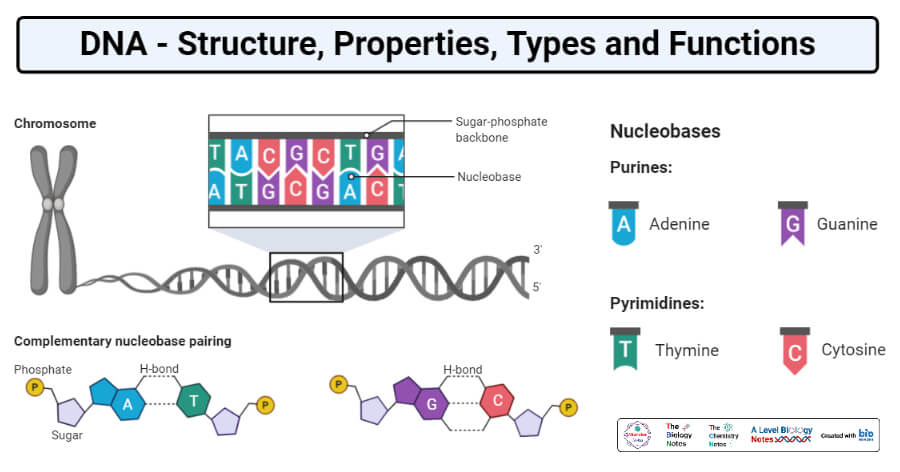
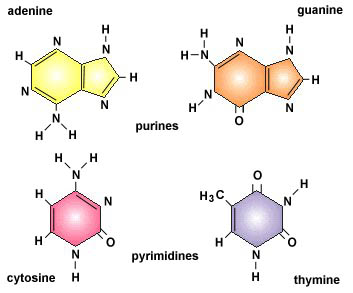

:max_bytes(150000):strip_icc()/what-are-the-parts-of-nucleotide-606385-FINAL-5b76fa94c9e77c0025543061.png)
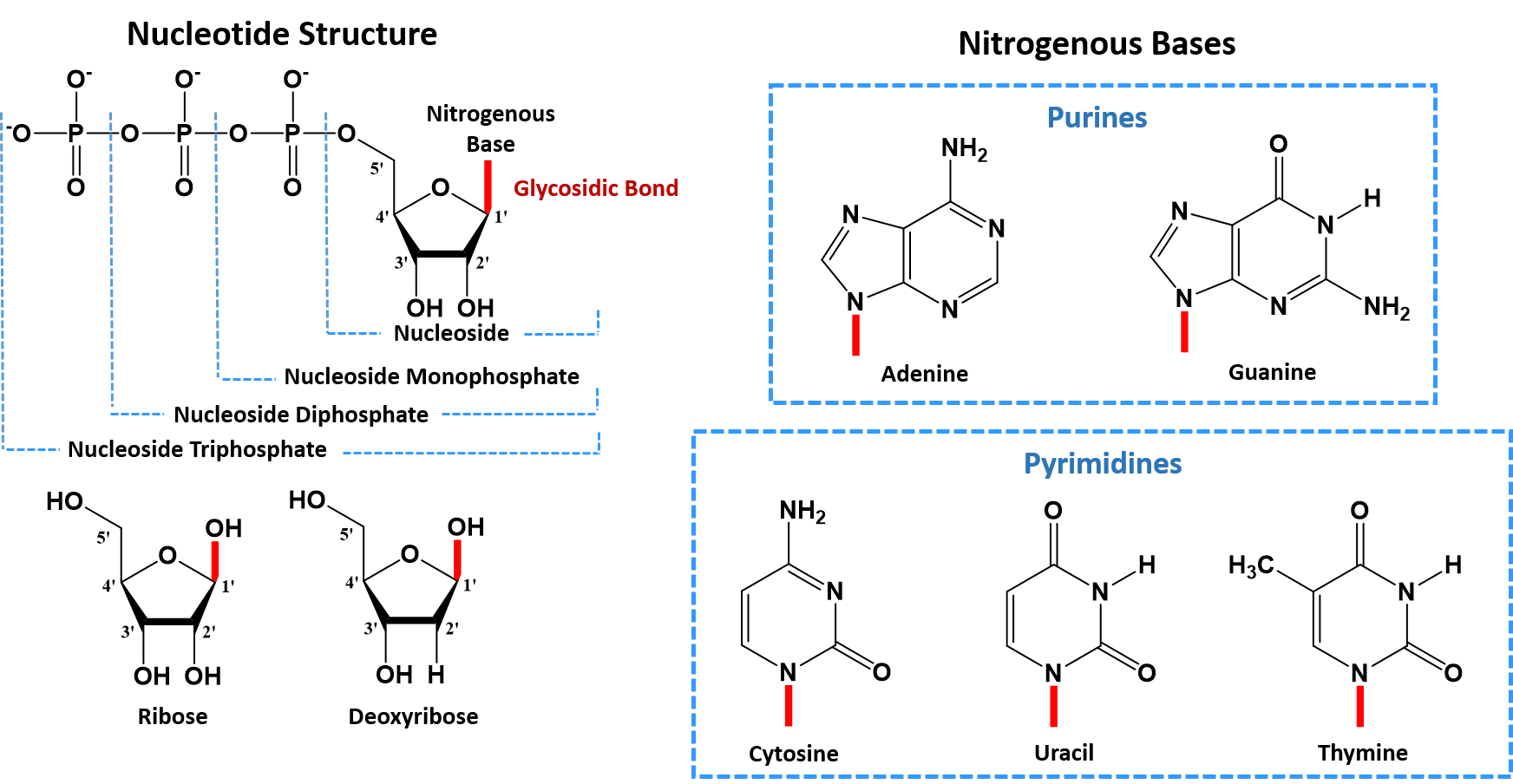
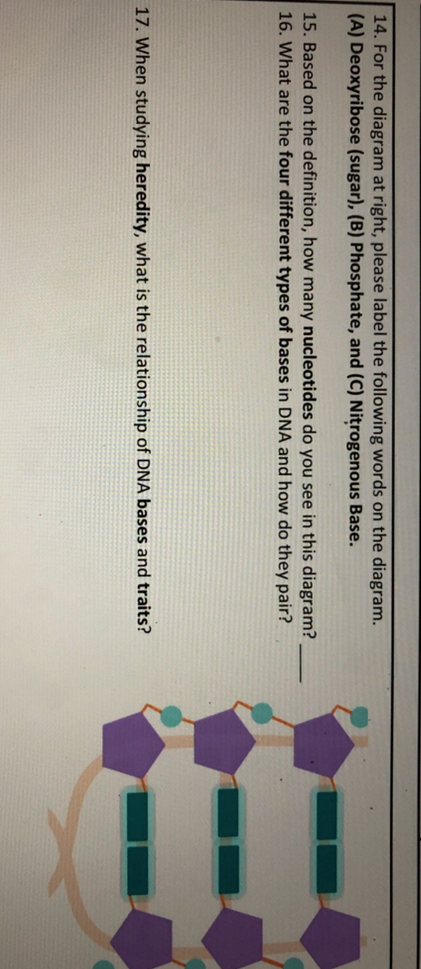
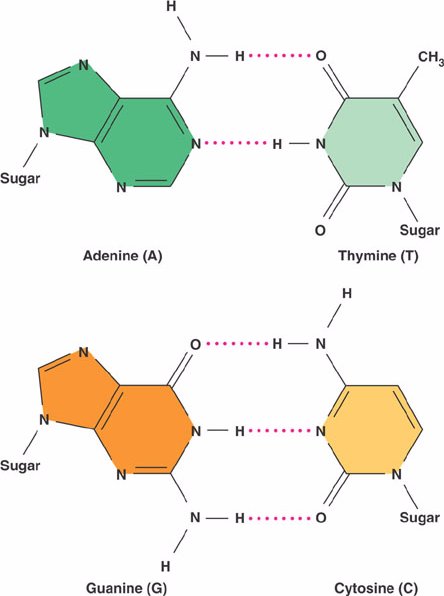
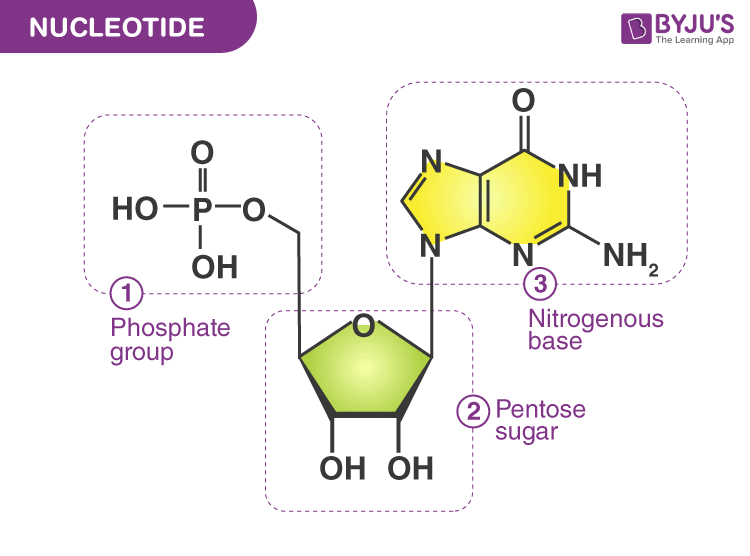


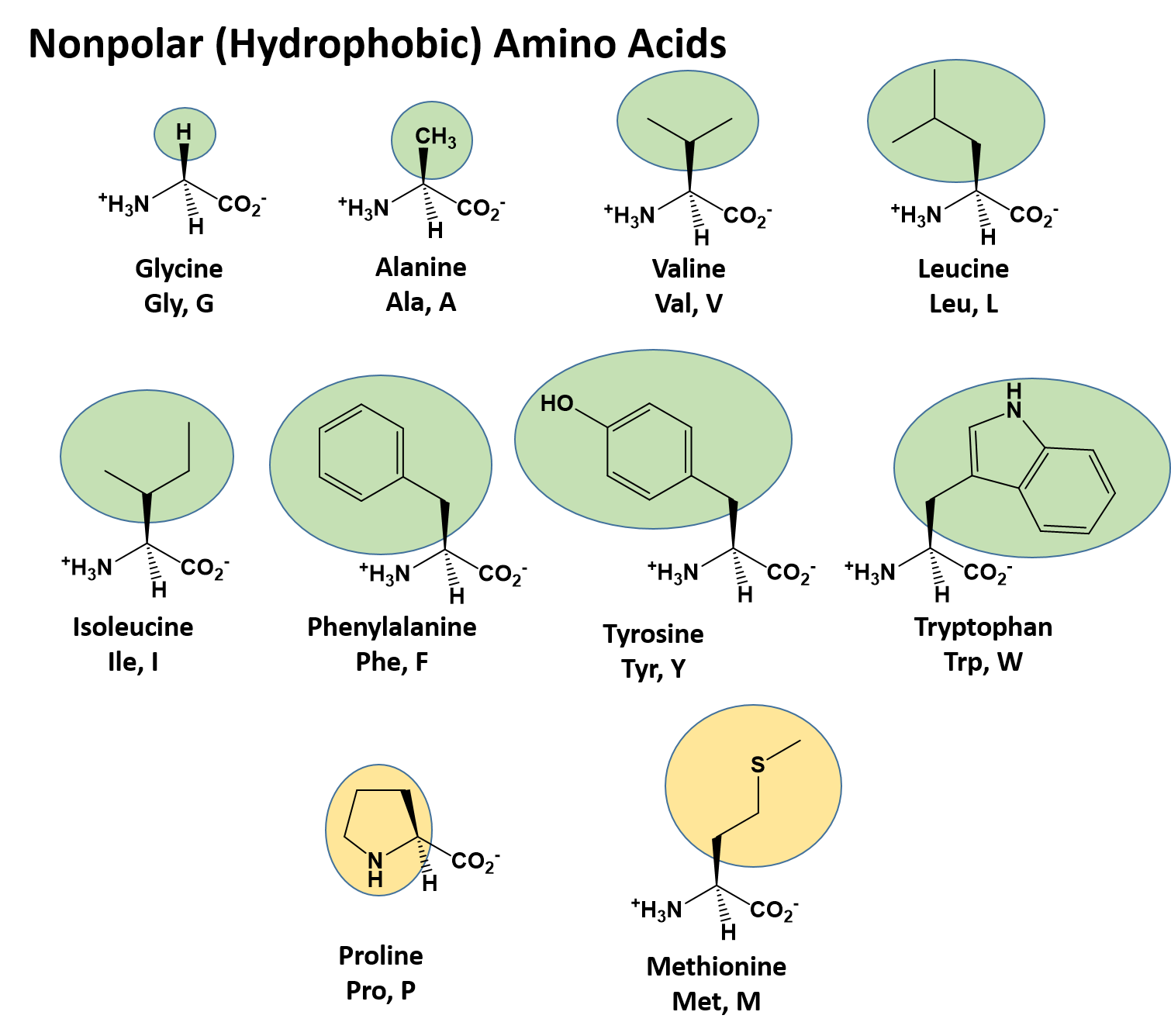
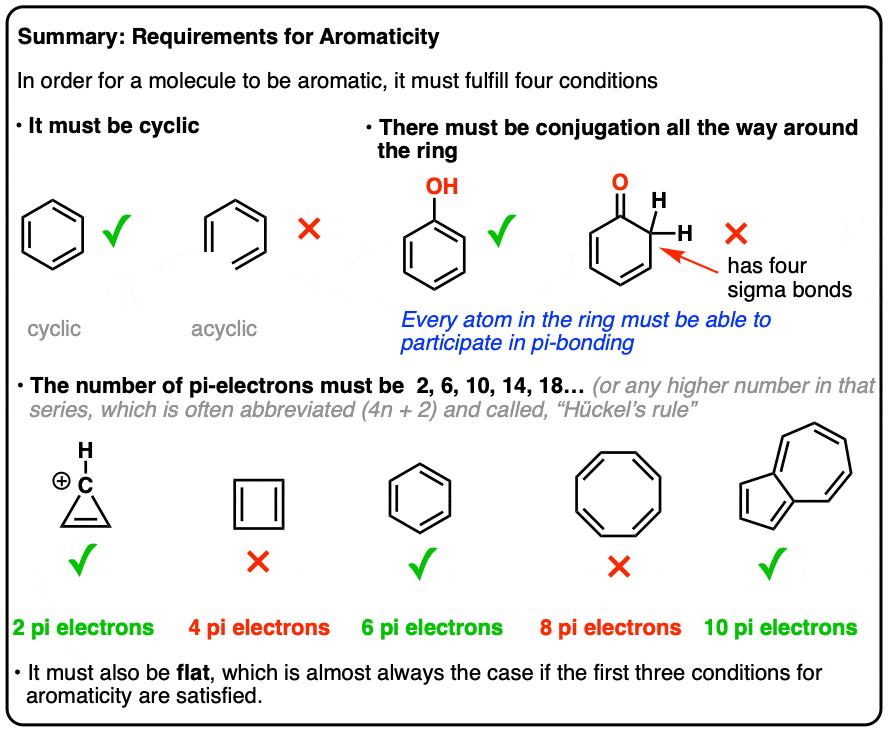

Post a Comment for "44 diagram and label the two types of nitrogenous bases"